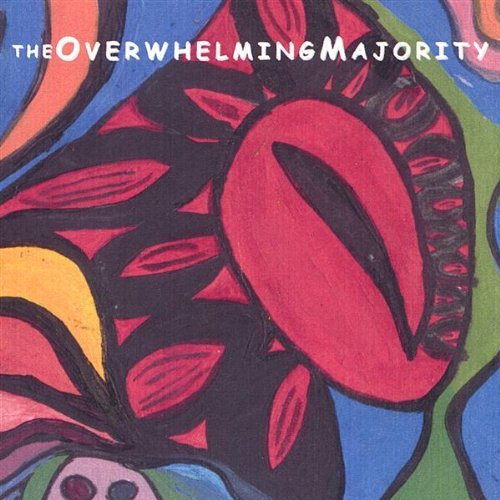
Spanning the entirety of Alphonse Mucha's prolific career, this handsome, affordable and concise overview examines the beloved artist's oeuvre--from posters, jewelry, interior decoration, theater and product design to painting, book illustration, sculpture and photography--across six themed sections that highlight the artist's personality: "A Bohemian in Paris"; "A Picture-Maker for People"; "A Cosmopolitan"; "The Mystic"; "The Patriot"; and "The Artist-Philosopher."
Mucha rose to fame in fin-de-siècle Paris with his elegant theater posters for Sarah Bernhardt, the most famous French actress of the time, and his decorative panels featuring gracefully posed women. For these posters, Mucha created a distinctive style characterized by harmonious compositions, sinuous forms and a muted palette, which became synonymous with the newly emerging decorative style of the time--Art Nouveau. By the time of the Paris Exposition Universelle of 1900, Mucha had become a leading figure in this decorative-art movement, and he defined the look of the era. The catalog explores the development of Mucha's career and overall achievements as a multifaceted and visionary artist.
Czech painter Alphonse Mucha (1860-1939) leapt to fame in 1895, in Paris, when his poster "Gismonda," created for the superstar Sarah Bernhardt, heralded the birth of "Le Style Mucha." Between 1903 and 1922 Mucha made four trips to the United States, where he attracted the patronage of Charles Richard Crane, a Chicago industrialist and Slavophile, who subsidized Mucha's epic series of 20 large historical paintings illustrating the "Epic of the Slavic People" (1912-30). After 1922 Mucha lived in Czechoslovakia, where he died in 1939.







